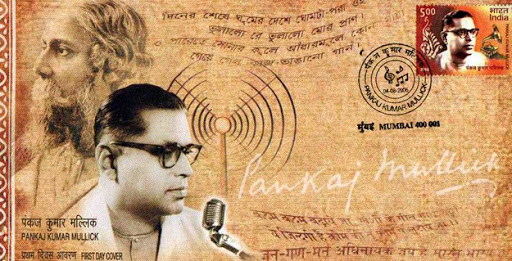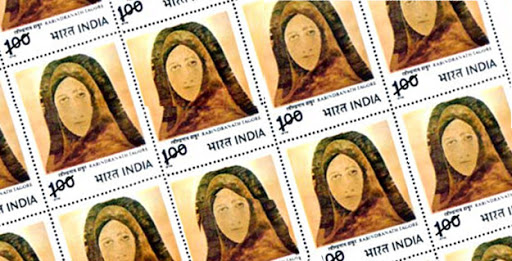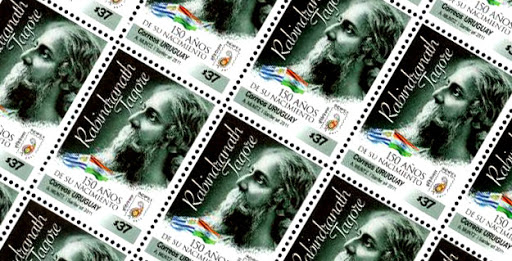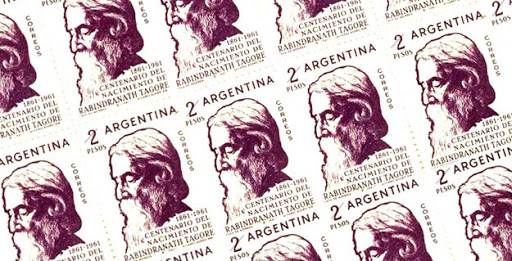The female Andaman Mormon resembles the female form alcanor of the Great Mormon Papilio memnon and is a mimic of the Andaman Clubtail Atrophaneura (Losaria) rhodifer Atkinson.
Male upperside rich velvety black. Fore wing with a subrerminnal series of greenish-yellow irrorated internervular streaks, sometimes more or less obsolescent. Hind wing: a very broad discal band pale blue, composed of broad outwardly more or less emarginate streaks in interspaces 1 to 7; cilia: fore wing black, hind wing black alternated with white in the interspaces. Underside opaque blue-black. Fore wing with a dark red streak at base and the subterminal internervular streaks as on the upperside but grey and more prominent. Hind wing with 4 or 5 small patches of dark red at base, a complete dark red ocellus in interspaces 1 and 2, and indistinct subterminal very variable markings of red in the other interspaces, sometimes formed into half ocelli in interspaces 3 and 4; within this line of markings there is an incomplete discal lunular series of mixed red and blue scaling. Antennae, head, thorax and abdomen black.— Female closely resembles the tailed form of the Female of Papilio memnon race agenor, but on the disc of the fore wing the internervular broad pale streaks are nearly white, and on the hind wing the white streaks in the interspaces beyond and outside the cell shorter and strongly tinged with red along their edges, while the dark red is more extended, especially in the tornal area where it covers the terminal three-fourths of interspaces 1 and 2, interrupted in 1 by a comparatively round oval black spot and in 2 by a broad elongate black patch ; apical half of tail vermilion-red, whitish at apex
-
 Rabindra Sangeet And Pankaj Kumar Mallick
Rabindra Sangeet And Pankaj Kumar Mallick
-
 Rabindranath Tagore And His Play Post Office
Rabindranath Tagore And His Play Post Office
-
 Rabindranath Tagore As A Painter
Rabindranath Tagore As A Painter
-
 Uruguay Release On 150th Birth Anniversary
Uruguay Release On 150th Birth Anniversary
-
 Tagore Visits Argentina
Tagore Visits Argentina

Rabindra Sangeet And Pankaj Kumar Mullick
Rabindra Sangeet And Pankaj Kumar Mullick . Click Here

Rabindranath Tagore And His Play PostOffice
Read About Tagore And His Play Post Office...Click Here

Stamps On Paintings Of Rabindranath Tagore
Stamps Related To Tagore As A Painter....Click Here

Uruguay Celebrates 150yrs Of Rabindranath Tagore
Many Countries Will Release Stamps On Tagore..Uruguay was the first Click Here

Rabindranath Tagore And Argentina
Rabindranath Tagore And Argentina....Read more
Thursday, January 3, 2008
Tuesday, January 1, 2008
2007 Indian Stamps : Ritwik Ghatak
|
|
Ritwik Ghatak was born in Dhaka in East Bengal (now Bangladesh). He and his family moved to Kolkata just before millions of other refugees from East Bengal began to flood into the city, fleeing the catastrophic 1943 famine and the Partition of India in 1947. Identification with this tide of refugees was to define his practice, providing an overriding metaphor for cultural dismemberment and exile that unified his subsequent creative work.
In 1948, Ghatak wrote his first play Kalo sayar (The Dark Lake), and participated in a revival of the landmark play Nabanna. In 1951, Ghatak joined the Indian People's Theatre Association ( IPTA ). He wrote, directed and acted in plays and translated Bertolt Brecht and Gogol into Bengali. In 1957, he wrote and directed his last play Jwala (The Burning).
Ghatak entered film industry with Nemai Ghosh's Chinnamul (1950) as actor and assistant director. Chinnamul was followed two years later by Ghatak's first completed film Nagarik (1952), both major break-throughs for the Indian cinema. Ghatak's early work sought theatrical and literary precedent in bringing together a documentary realism, a remarkable stylized performance often drawn from the folk theatre, and a Brechtian use of the filmic apparatus.
Ritwik Ghatak directed eight full-length films. His best-known films, Meghe Dhaka Tara (The Cloud-Capped Star) (1960), Komal Gandhar (E-Flat) (1961), and Subarnarekha (1962), a trilogy based in Calcutta and addressing the condition of refugee-hood, proved controversial and the commercial failure of Komal Gandhar (E-Flat) and Subarnekha prevented him from making features through the remainder of the 1960s. In all three films, he used a basic and at times starkly realistic storyline, upon which he inscribed a range of mythic references,especially of the Mother Deliverer, through a dense overlay of visual and aural registers.
Ghatak moved briefly to Pune in 1966, where he taught at the Film and Television Institute of India (FTII). During his year at FTII, he was involved in the making of two student films, viz., Fear and Rendezvous.
Ghatak returned to film making only in the 1970s, when a Bangladeshi producer financed the 1973 epic Titash Ekti Nadir Naam (A River Called Titash). Making films became difficult for his poor health, due to extreme alcoholism and consequent diseases. His last film, and perhaps his most unusual, was the 'autobiographical' Jukti Takka ar Gappo (Reason, Debate And Story) (1974).He had a number of incomplete feature and short films in his credit.
He belonged to an illustrious family. His father Suresh Chandra Ghatak was a district magistrate and also a poet and playwright, mother's name was Indubala Devi. He was their 11th and youngest child. His elder brother Manish Ghatak was an acclaimed radical writer of his time, a professor of English and a social activist who was deeply involved with IPTA theatre movement in its heyday and later on headed the famous Tebhaga Andolan of North Bengal. Manish Ghatak's daughter is the legendary writer and activist Mahasweta Devi.Ritwik's wife Surama was a school teacher and his son Ritaban is a film-maker.
Subscribe to:
Posts (Atom)
